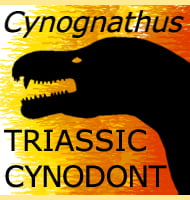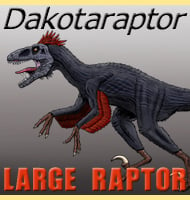Cynognathus
In Depth Cynognathus seems to be one of the most successful of the cynodonts, with a large number of fossil remains from a wide geographic distribution being all attributed to the genus. There is however some controversy over whether all of these fossils should be labelled as Cynognathus, as the genus does seem to have … Read more

